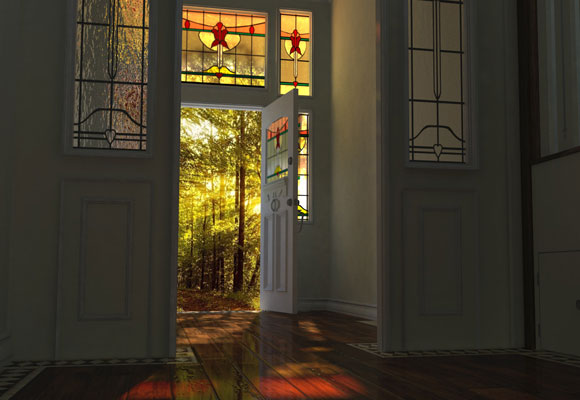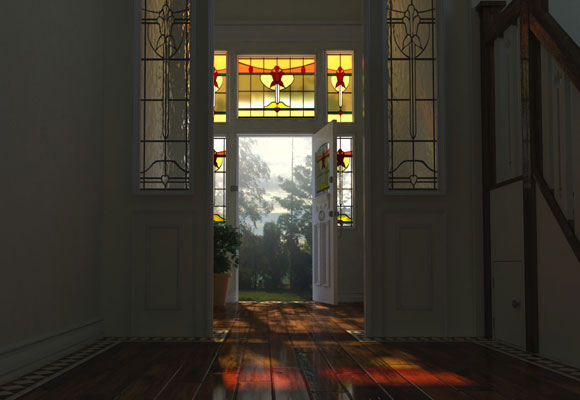

Many thanks to David Mitchell from Alter Studios for the original concept, and bullet I hope you'll enjoy this one. It was made with you in mind now that you have all that free time on your hands










err wrong threadno its not done in PS.
